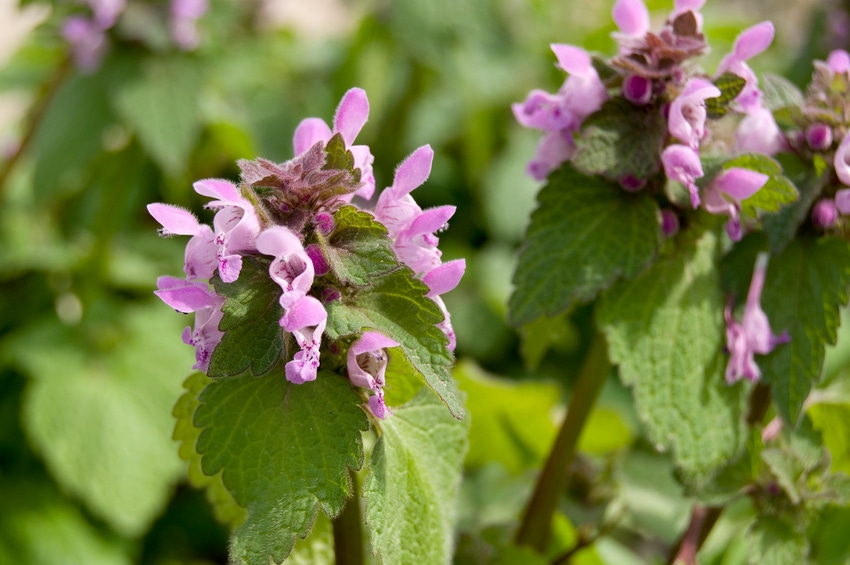
Cool conditions have let me slide on the first mowing of my yard this spring. Some people have to be first. My uncle mowed his yard before April Fool's Day. Since I can't be first, my theory is I'll be the last to mow my yard!
There's a point to all this. Last week I noticed purpling in the front yard, along with a few dandelions. I've had the purple flowers before, but not this early. Then along comes information from the University of Illinois, indicating that if you're seeing purple flowers on weeds in your fields and think it's earlier than normal, you're not seeing things, and you're not crazy.
According to Aaron Hager, University of Illinois Extension weed specialist, what some are seeing are flowers from winter annuals, plants that germinate in the fall and complete their life cycle in late spring to early summer. Several of them have to begun to flower early this spring in this geography, Hager says.
The two most responsible for purple patches in fields are henbit and purple deadnettle. Both grow close to the ground, and can produce thick patches of cover. Purple deadnettle is more likely found in southern counties.
The early flowering may be a result of an early harvest that allowed the winter annuals to get an early start, despite dry conditions. If you have these weeds in your field, it's more than just something to acknowledge and forget about. Keep it in mind as you prepare those fields for planting.
Flowering means henbit is nearing the end of its life cycle, Hager says. Since it's past the rapid growth phase, it will be harder to control with herbicides. However, he insists that it shouldn't be ignored- it's not that close to being dead and out of the picture. You should still try to control it before planting corn or soybeans into those fields, he notes.
One reason is because they're hosts for insects and disease. And once plants go to seed, the weed seed added to the seed bank can exist there for years.
Preplant tillage or herbicides can provide excellent control, he advises. Neither 2,4-D nor dicamba are very good on henbit alone. However, glyphosate can provide good control, Hager says, but application rates should be close to 1.1 pounds per acre of active ingredient since the plants are mature. Bottom line- don't skimp on rates if you have these purple predators in your field!
Other herbicide combinations with atrazine may also prove effective.
About the Author(s)
You May Also Like




